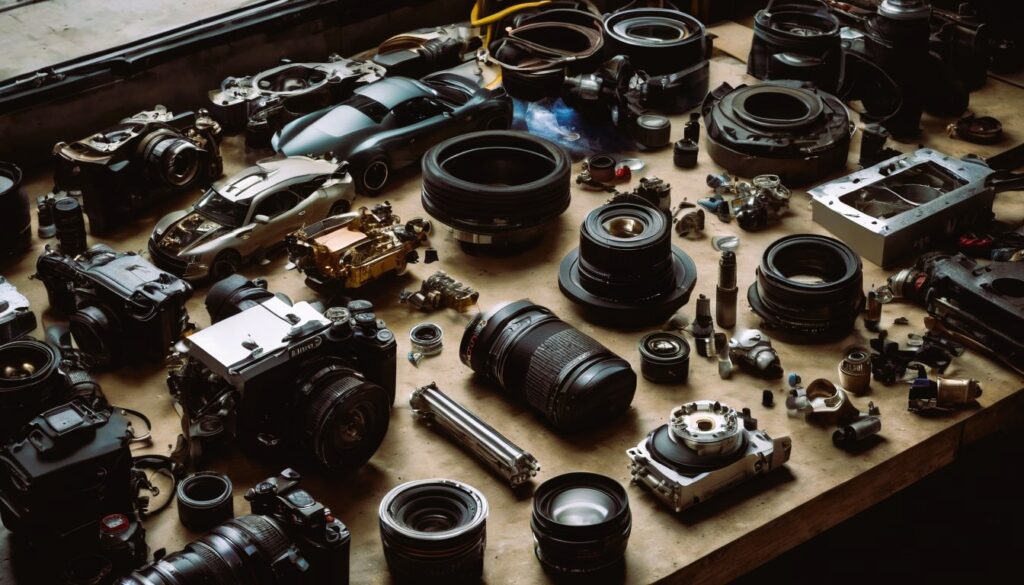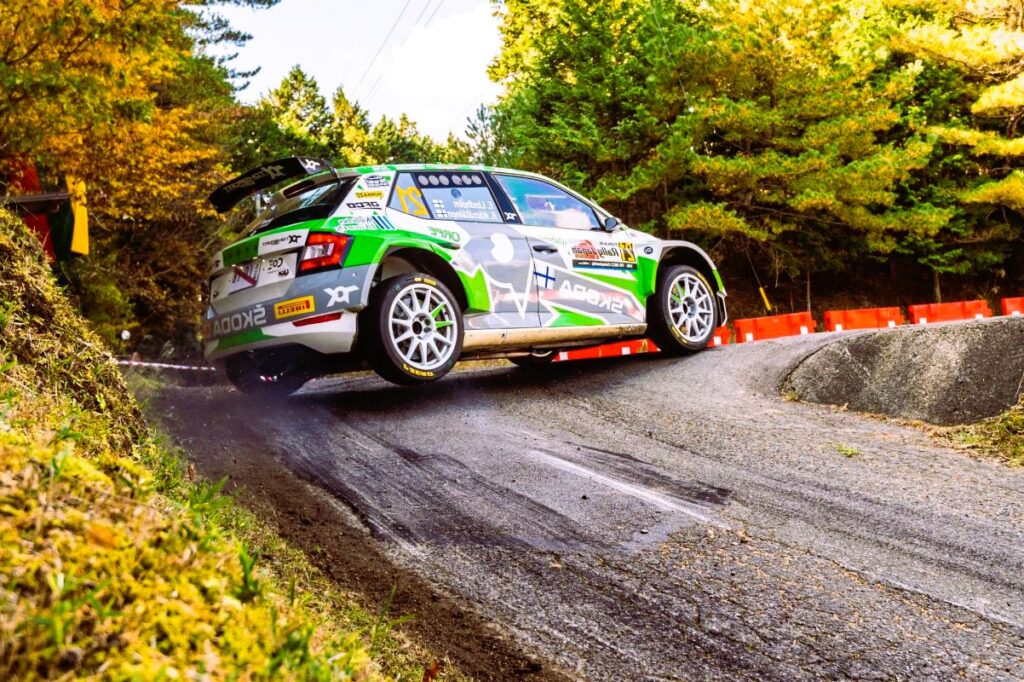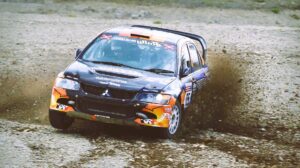The Anatomy of a Rally Car: Understanding the Components

Rally racing is an exhilarating motorsport that pushes both drivers and cars to their limits. Behind every successful rally car is a complex array of components working together in harmony to deliver speed, agility, and durability across a variety of terrains. In this article, we delve into the anatomy of a rally car, exploring the key components that make these machines tick.
1. Chassis
At the heart of every rally car is its chassis, the structural framework that provides support and rigidity. Rally car chassis are typically lightweight yet strong, constructed from materials such as steel, aluminum, or carbon fiber to withstand the punishing conditions of off-road racing.
2. Suspension
The suspension system plays a critical role in ensuring stability, control, and traction on uneven surfaces. Rally cars are equipped with specialized suspension components, including shock absorbers, springs, and anti-roll bars, designed to absorb impacts and maintain traction over rough terrain.
3. Engine

The engine is the powerhouse of a rally car, providing the horsepower and torque needed to propel the vehicle at high speeds. Rally engines are often turbocharged to maximize performance, delivering a potent combination of power and responsiveness across a wide range of RPMs. Rallying for fun, read our tips on organizing your own rally.
4. Transmission
Rally cars feature advanced transmission systems designed to deliver power to all four wheels for maximum traction. Most rally cars are equipped with sequential manual transmissions or dual-clutch transmissions, allowing drivers to shift gears quickly and seamlessly without losing momentum.
5. Drivetrain
The drivetrain is responsible for transferring power from the engine to the wheels. In rally cars, drivetrains are typically all-wheel drive (AWD) or four-wheel drive (4WD), providing superior traction and control on loose surfaces such as gravel, dirt, and snow.
6. Brakes
Rally car brakes must withstand extreme temperatures and provide reliable stopping power in all conditions. High-performance brake systems, including ventilated discs and multi-piston calipers, are essential for maintaining control and reducing braking distances on challenging rally stages.
7. Aerodynamics
Aerodynamics play a crucial role in optimizing performance and stability at high speeds. Rally cars feature aerodynamic bodywork, including front splitters, rear wings, and diffusers, designed to minimize drag and generate downforce for enhanced grip and cornering ability.
8. Safety Features
Safety is paramount in rally racing, and rally cars are equipped with a range of safety features to protect drivers and co-drivers in the event of a crash. Roll cages, reinforced chassis, fire suppression systems, and racing harnesses are standard equipment in modern rally cars, providing essential protection on the race track.
9. Electronics

Modern rally cars are equipped with advanced electronic systems to monitor and optimize performance. Electronic stability control (ESC), traction control, and engine management systems help drivers maintain control and maximize traction in challenging conditions.
10. Tires
Tires are the only point of contact between the rally car and the road, making them a critical component of its performance. Rally tires are specially designed with aggressive tread patterns and durable rubber compounds to provide maximum grip and durability on varied surfaces.
Conclusion
In conclusion, the anatomy of a rally car is a complex and finely tuned machine, optimized for speed, agility, and durability across a variety of terrains. From the chassis to the tires, every component plays a crucial role in delivering peak performance on the rally stage. By understanding the key components of a rally car, enthusiasts can gain a greater appreciation for the engineering marvels that compete in this thrilling motorsport.
For more information on rally racing and the components of rally cars, visit the following websites:


